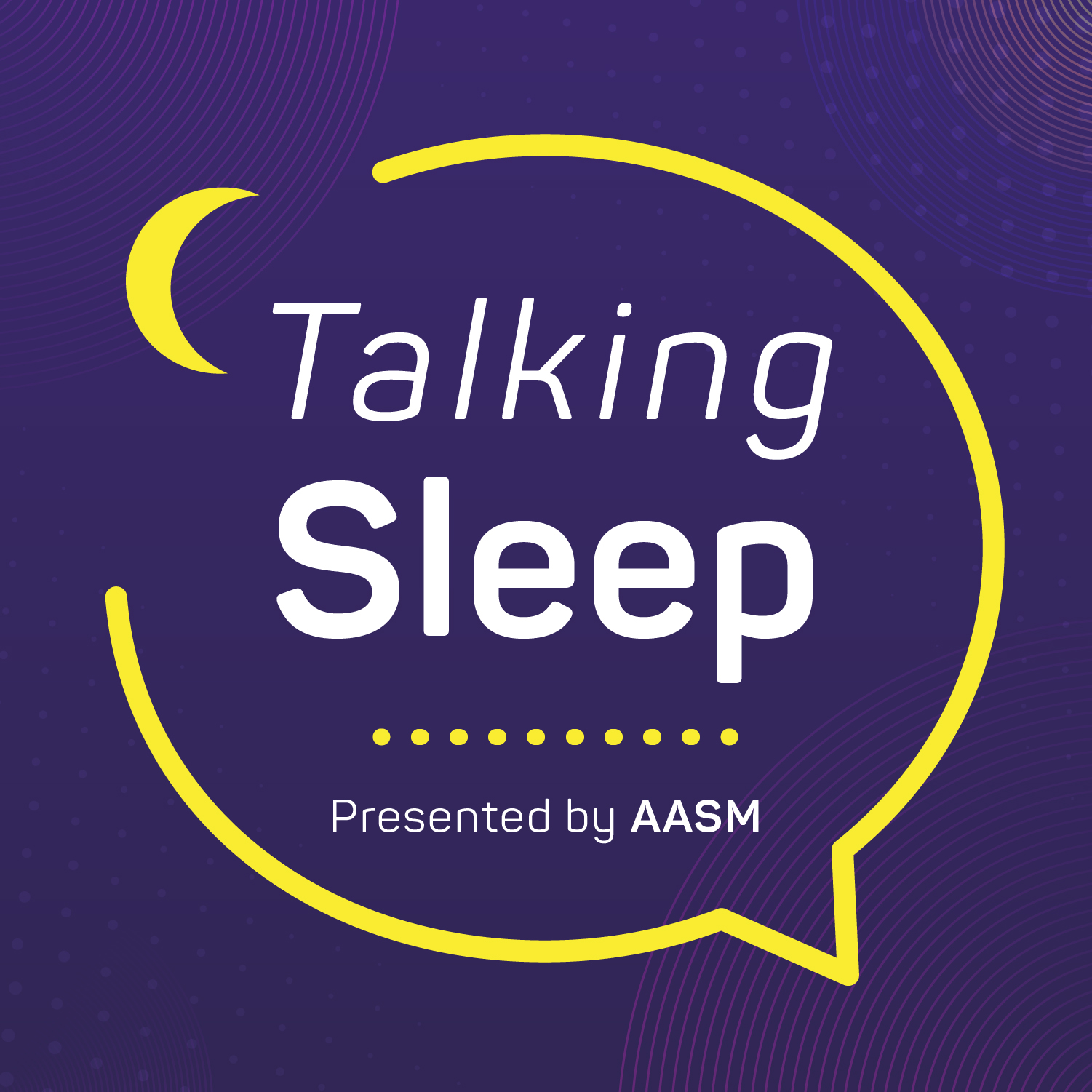 |
Talking SleepAuthor: AASM
The vast field of sleep medicine is always evolving. Listen to Talking Sleep, a podcast of the American Academy of Sleep Medicine (AASM), to keep up on the latest developments in clinical sleep medicine and sleep disorders. Our host, Dr. Seema Khosla, medical director of the North Dakota Center for Sleep in Fargo, will take an in-depth look at issues impacting the diagnosis and treatment of sleep disorders. Episodes will feature conversations with clinicians, researchers, sleep team members and other health care experts working to help us sleep well so we can live well. Language: en Genres: Health & Fitness, Medicine, Science Contact email: Get it Feed URL: Get it iTunes ID: Get it |
Listen Now...
OSA and PLMD
Episode 14
Friday, 8 August, 2025
In this episode of Talking Sleep, host Dr. Seema Khosla welcomes Dr. Gulcin Benbir, professor of neurology and sleep researcher from Turkey, and Dr. Lourdes Del Rosso, sleep physician and professor at UCSF who served on the task force for updated AASM RLS guidelines, to discuss groundbreaking research on periodic limb movements in sleep (PLMS) that persist after successful sleep apnea treatment. Following the recent updates to RLS guidelines, this conversation addresses the often-overlooked condition of periodic limb movement disorder (PLMD). The guests reveal surprising findings that challenge traditional teaching: while sleep medicine practitioners have long been taught that PLMD improves with PAP therapy, their research shows that 30% of patients continue to experience significant periodic limb movements even after successful OSA treatment. The discussion explores critical clinical questions: Are PLMs innocent bystanders or pathological processes requiring treatment? When do PLMs become PLMD? How should we evaluate residual hypersomnolence in well-treated OSA patients—should we screen for persistent PLMs before prescribing wake-promoting agents? The experts also delve into the complex relationship between RLS and PLMs, examining whether they represent interconnected sensory and motor phenomena or distinct processes. Practical treatment strategies are covered extensively, including the role of iron supplementation, appropriate diagnostic testing, IV iron protocols, and evidence-based pharmacological interventions. The conversation also addresses how the shift toward home sleep testing may impact our ability to detect and treat this important cause of continued sleep disruption. Whether you're treating OSA patients with persistent daytime sleepiness or managing complex sleep disorders, this episode provides essential insights into recognizing and treating PLMD as a potential contributor to ongoing symptoms. Join us for this clinically relevant discussion that may change how you approach residual hypersomnolence in your practice.






